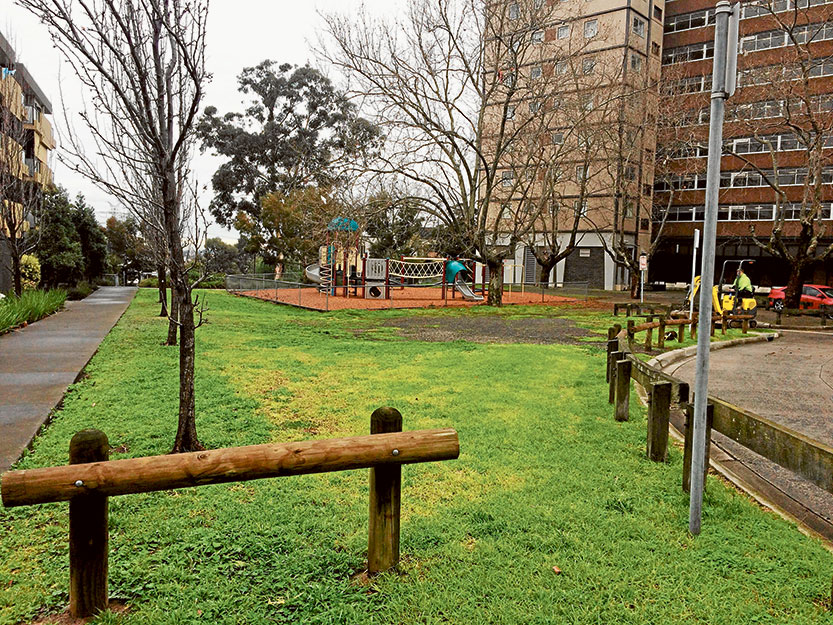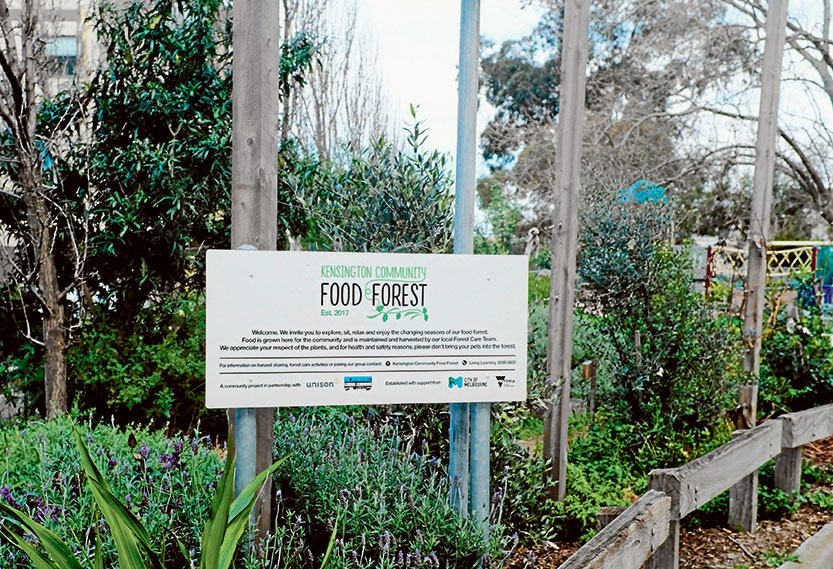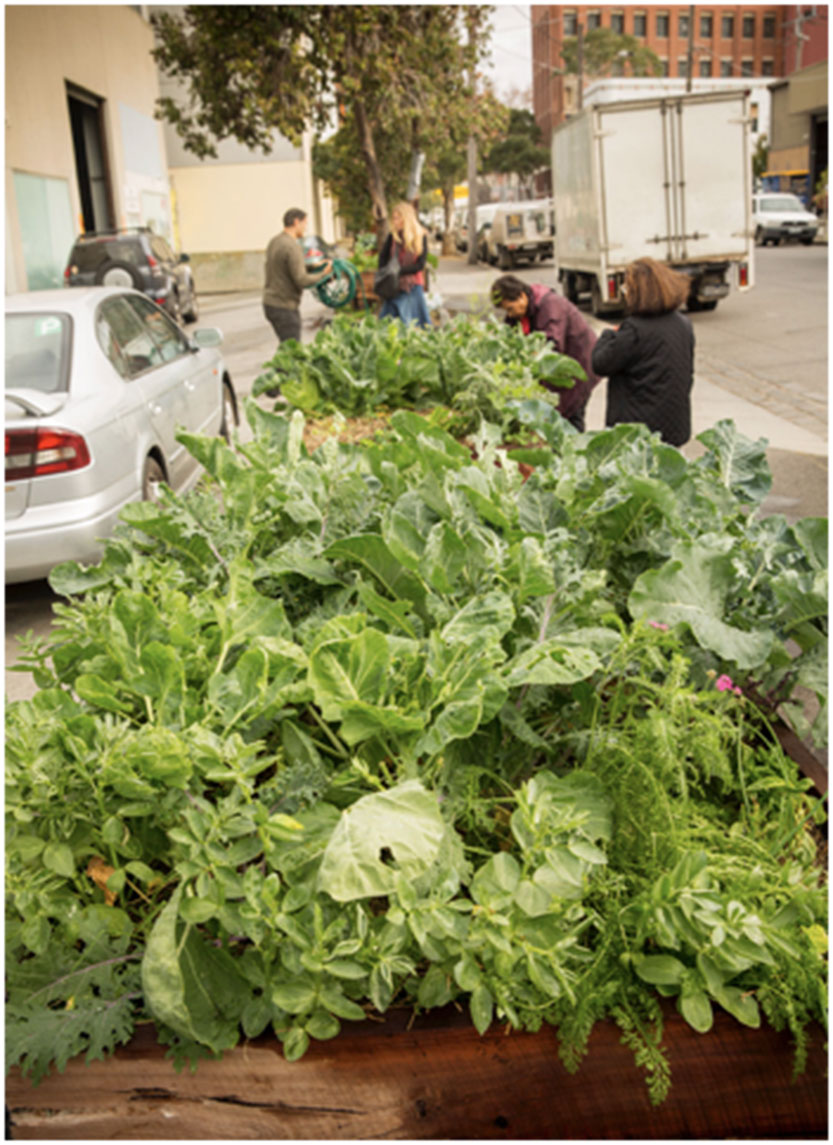The value of green space
As an urban city dweller, I asked myself why is having access to green space important, how does it impact my life and what is its overall significance? Particularly after experiencing the recent shutdown of our city and the five kilometre restrictions on where I could venture.
Thank you to friends of Royal Park and friends of Newells Paddock who have maintained and fought for the preservation and restoration of the urban green spaces I frequented during this time.
This question led me to explore various articles and reports on the matter from local organisations, to the World Health Organisation (WHO) and a UK trust which is championing the protection and growing of green spaces.
There is no universally accepted definition of urban green space, it can encompass public and private places with “natural surfaces”, specific types of urban greenery, such as street trees, public parks, roadside verges, riverside footpaths, children’s play areas; it can even include “blue space” which represents water elements. The definition in the Oxford Dictionary is an area of grass, trees, or other vegetation set apart for recreational or aesthetic purposes in an otherwise urban environment.
There are many benefits of green spaces and these are well documented and researched including:
- Improved physical and mental health;
- Reduction in obesity, diabetes, reduced cardiovascular morbidity and diseases;
- Increased biodiversity; and
- Improved immunity.
Green spaces have shown to lower the incidence of domestic violence, stress and depression and increase social interaction.
These spaces also reduce noise levels, lower pollution, lower heat related morbidity, reduce flooding and cool the heat island effect of cities.
So, with all these benefits why is there a constant struggle to protect and create more urban green spaces?
The challenges are increasing competition for our limited space from all sorts of interests, even where to bury our dead. Zoning and development regulations of local authorities have seen green spaces making way for higher density development – based on projected population and the debate whether density is better than urban sprawl.
There is limited availability of spare land, and how much of it is in private hands? Which means the local council may need to buy back land to create green space. Do private landowners have a responsibility to contribute to green spaces?
Contaminated land in urban spaces may seem too costly to clean up so councils rather build over it.
Changing councillors and priorities is another challenge in the way of long-term planning for green spaces and maintaining of appropriate ratios. The City of Melbourne has set a recommended ratio of green space per person of 22 sqm yet in some parts of their municipality green space is only at three sqm per person. Proximity, quantity and quality of this green space is also important – the WHO recommend within 300 metres per urban resident.
How should the use of space be prioritised?
The City of Melbourne’s Open Space strategy states that 15 per cent of the total area of City of Melbourne is open space – this would be lower for green space. I could not find a current global criteria and ratings, that helps determine and compare the best long-term use of urban land considering equitable accessibility for all demographics, the environmental challenges we are facing and economic factors.
I found a number of methodologies, each with their own shortfalls, from a hedonic pricing model (HPM) which estimates the value of houses next to green spaces versus others, the Travel Cost Method (TCM) which aims to value green spaces by inferring the demand and economic surplus for these assets through visitor travel costs and how much people will pay to have access to green spaces.
How do we value the economic importance of green spaces?
In the UK, according to research by Fields in Trust, parks and green spaces are estimated to save the National Health Service around £111 million (around AUD$20 million) per year based solely on a reduction in GP visits. In other words, they did not account for additional savings to the NHS associated with reductions in prescribing or referrals, plus they estimated the wellbeing value of these green spaces worth £34.2 billion (AUD$76 billion) per year to the entire UK adult population.
Will the continuing rise of costs of mental health, wellbeing and illness of residents plus mitigating impending climate crisis effects cost governments more in the long term than establishing more urban green spaces?
The WHO concludes in its report that a city of well-connected, attractive green spaces that offer safe opportunities for urban residents for active mobility and sports as well as for stress recovery, recreation and social contact, is likely to be more resilient to extreme environmental events, such as heat waves (due to the mitigation of urban heat island effect) and extreme rainfall (due to reduced surface run-off). Such a city is also likely to have healthier citizens, reducing demands on health services and contributing to a stronger economy.
We all have a responsibility to the wellbeing of each of us and other species we share the space with.
Ways to protect and create more urban green space
Visit and value existing green space
Create more green space (not just grass) in your garden, your nature strip, the verge, activate underutilised spaces in your neighbourhood •
For more information visit Transition Streets Australia: transitionaustralia.net

Jo Ryan unveils Ordered Chaos at Blender Studios







 Download the Latest Edition
Download the Latest Edition